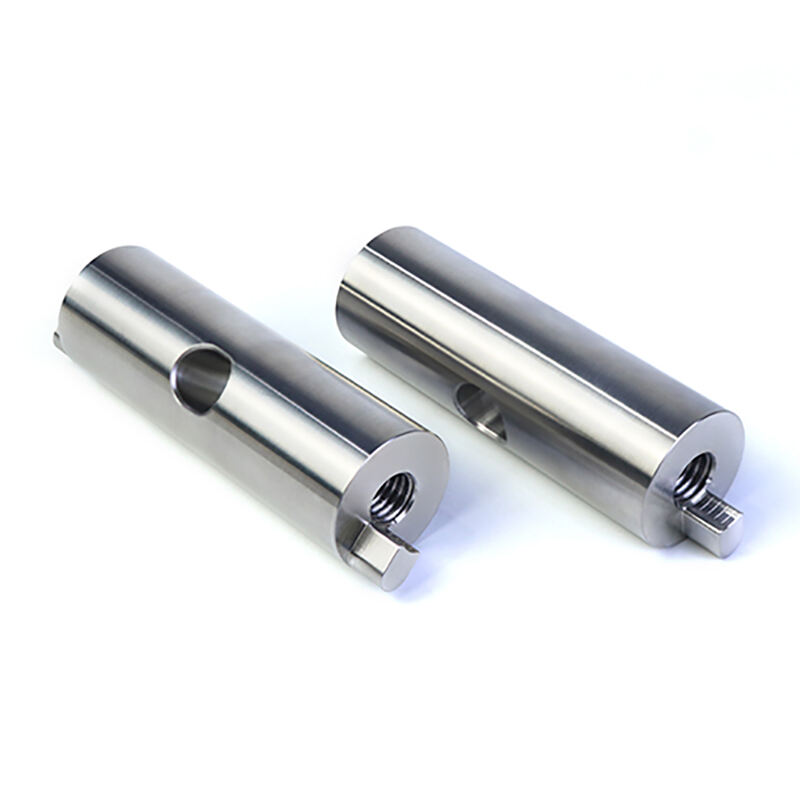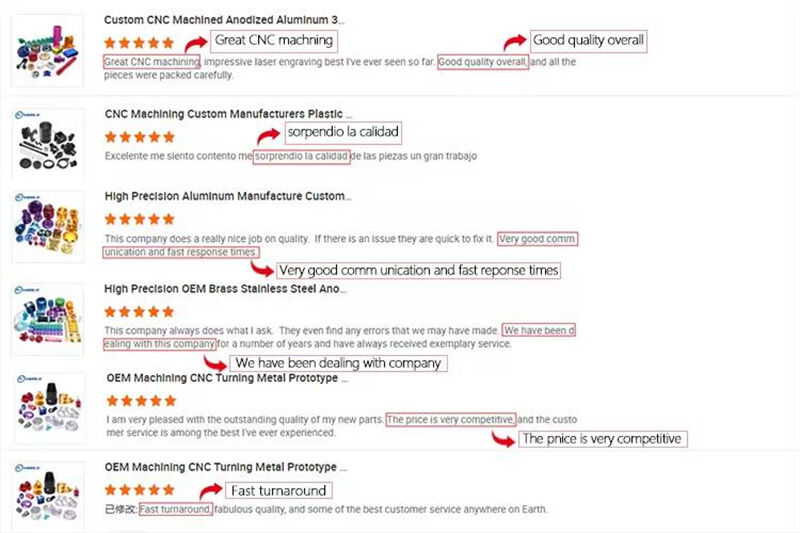Building 49, Fumin Industrial Park, Pinghu Village, Longgang District
Sunday Closed
Type:Broaching, DRILLING, Etching / Chemical Machining, Laser Machining, Milling, Other Machining Services, Turning, Wire EDM, Rapid Prototyping
Model Number:OEM
Keyword:CNC Machining Services
Material:stainless steel aluminum alloy brass metal plastic
Processing method :CNC milling
Delivery time:7-15 days
Quality:High End Quality
Certification:ISO9001:2015/ISO13485:2016
MOQ:1Pieces
Hey there! If you're looking into getting a metal or plastic part made, you've probably heard the terms "CNC milling" and "CNC turning" thrown around. Maybe you're even wondering what the difference is, or which one is right for your specific project.
Don't worry - it's a common question! Understanding the basic difference between these two workhorses of the machine shop can save you time, money, and a lot of headaches.

Imagine you're whittling a piece of wood.
1. A CNC Lathe is like a potter's wheel.
The material (your block of wood) spins really fast. You then hold a sharp tool against it to carve away material, creating a symmetrical object like a baseball bat or a chair leg.
2. A CNC Milling Machine is the opposite.
The material sits still, locked down on a table. A spinning cutting tool (like a drill bit, but way tougher) moves around it, carving away material from different angles to create complex shapes.
That's the fundamental difference in a nutshell. Now, let's get into the details.
A CNC lathe (often just called a "CNC turning center") is your best friend for anything that has rotational symmetry.
• How it works:
Your raw material (a rod or bar of metal or plastic) is clamped in a chuck that spins at high speed. A stationary cutting tool is then precisely moved against the spinning material, shaving away layers to create the desired shape.
• What it's best for:
Think "round things." Shafts, bolts, bushings, pulleys, nozzles, and fluid fittings are all classic lathe projects. If you can imagine it being created on a potter's wheel, a lathe can probably make it.
• The Big Advantage of a Lathe:
It's often faster and more cost-effective for producing simple round parts. The process is highly efficient for creating precise diameters and smooth finishes on cylindrical shapes.
If a lathe is a specialist, a milling machine is a brilliant all-rounder. It's the go-to for parts that need complex contours, slots, holes, and flat surfaces.
• How it works:
A block of material (called a "workpiece") is securely fastened to a table. A rotating cutting tool, controlled by a computer, moves along multiple axes (typically 3 or more: X, Y, and Z) to cut the stationary block. Modern 5-axis mills can tilt and rotate the part and tool to create incredibly complex geometries in a single setup.
• What it's best for:
Think "complex shapes." Engine blocks, brackets, gearboxes, mold tools, custom enclosures, and architectural components are all milled. If the part has pockets, intricate details, or isn't symmetrical, you need a mill.
• The Big Advantage of a Mill:
Its incredible versatility. There's almost no limit to the shapes it can create from a solid block of material. It's the undisputed champion for complex, non-round parts.
Often, the best solution uses both! A part might start as a round piece turned on a lathe and then be moved to a mill to have cross-holes drilled, flats machined, or keyways cut.
This hybrid approach gives you the efficiency of the lathe for the main body and the flexibility of the mill for the added features.
Both CNC milling machines and CNC lathes are indispensable tools in modern manufacturing, each playing a key role in producing high-precision, complex parts. While CNC mills are ideal for multi-axis cutting and creating intricate 3D shapes, CNC lathes excel at producing cylindrical parts with high consistency and speed.
Understanding the strengths of each machine, along with their capabilities and limitations, will help you make the best decision when it comes to choosing the right equipment for your next project. Whether you’re machining aerospace components, automotive parts, or any other precision-driven item, having the right tool for the job can ensure success in your manufacturing operations.
By combining the precision of CNC technology with the expertise of experienced operators, manufacturers can produce high-quality parts that meet the demands of industries worldwide.



Q: How fast can I receive a CNC prototype?
A: Lead times vary depending on part complexity, material availability, and finishing requirements, but generally:
• Simple prototypes: 1–3 business days
• Complex or multi-part projects: 5–10 business days
Expedited service is often available.
Q: What design files do I need to provide?
A: To get started, you should submit:
• 3D CAD files (preferably in STEP, IGES, or STL format)
• 2D drawings (PDF or DWG) if specific tolerances, threads, or surface finishes are required
Q: Can you handle tight tolerances?
A: Yes. CNC machining is ideal for achieving tight tolerances, typically within:
• ±0.005" (±0.127 mm) standard
• Tighter tolerances available upon request (e.g., ±0.001" or better)
Q: Is CNC prototyping suitable for functional testing?
A: Yes. CNC prototypes are made from real engineering-grade materials, making them ideal for functional testing, fit checks, and mechanical evaluations.
Q: Do you offer low-volume production in addition to prototypes?
A: Yes. Many CNC services provide bridge production or low-volume manufacturing, ideal for quantities from 1 to several hundred units.
Q: Is my design confidential?
A: Yes. Reputable CNC prototype services always sign Non-Disclosure Agreements (NDAs) and treat your files and intellectual property with full confidentiality.
Copyright © Shenzhen Perfect Precision Products Co., Ltd. All Rights Reserved — Privacy Policy — Blog